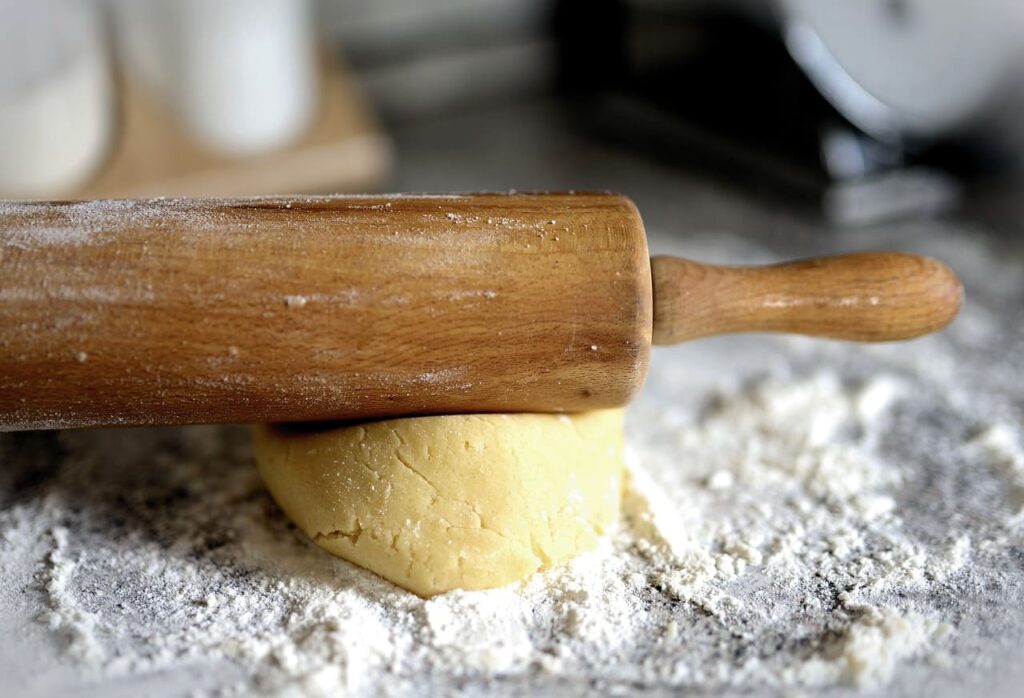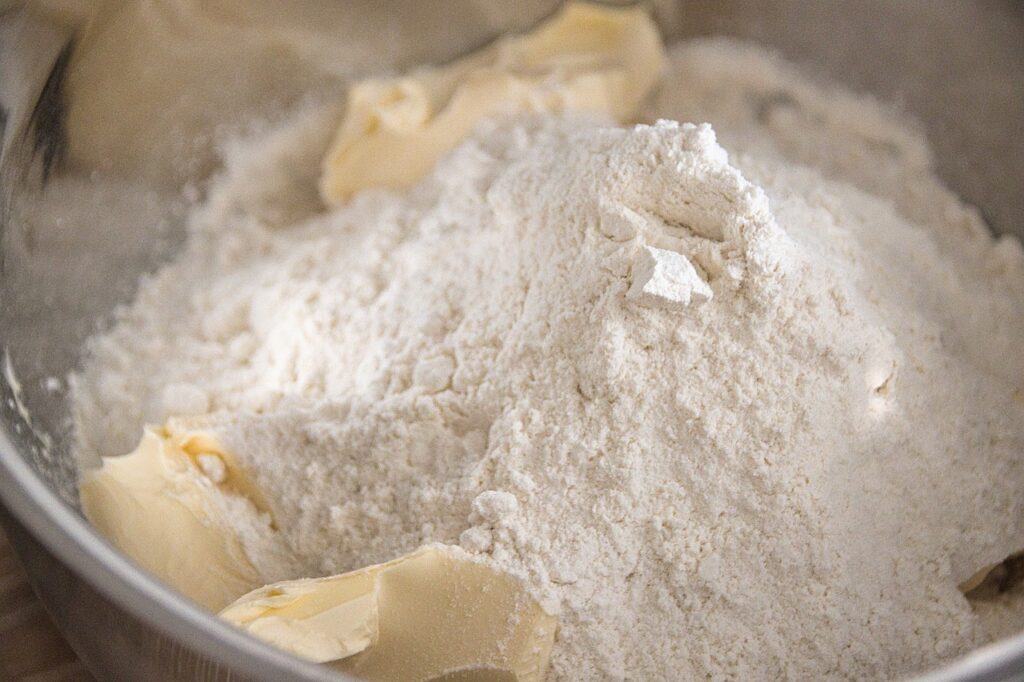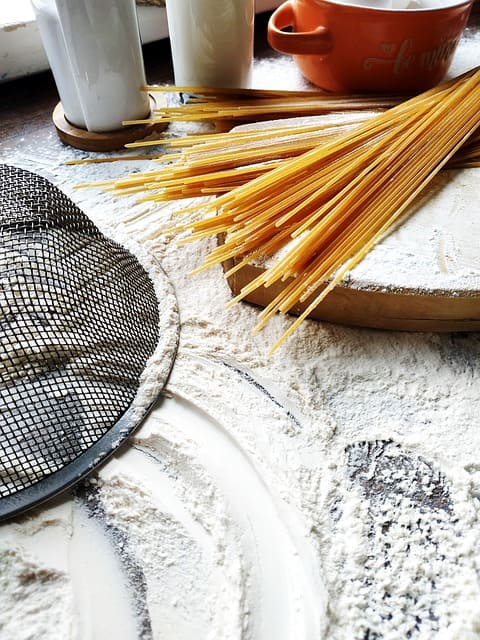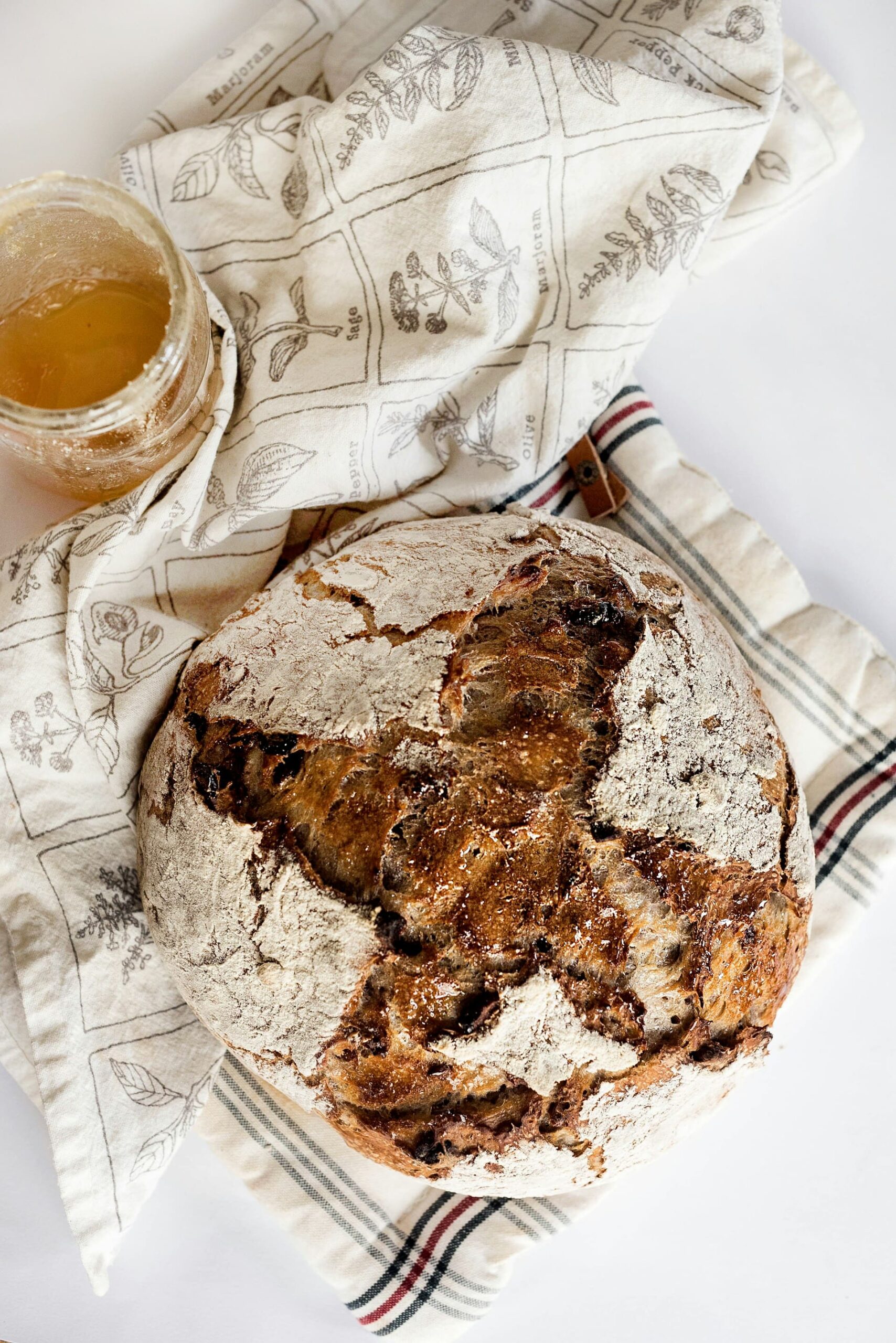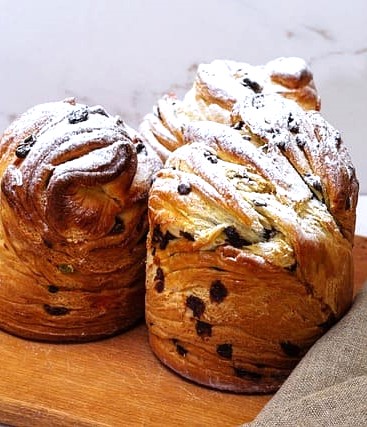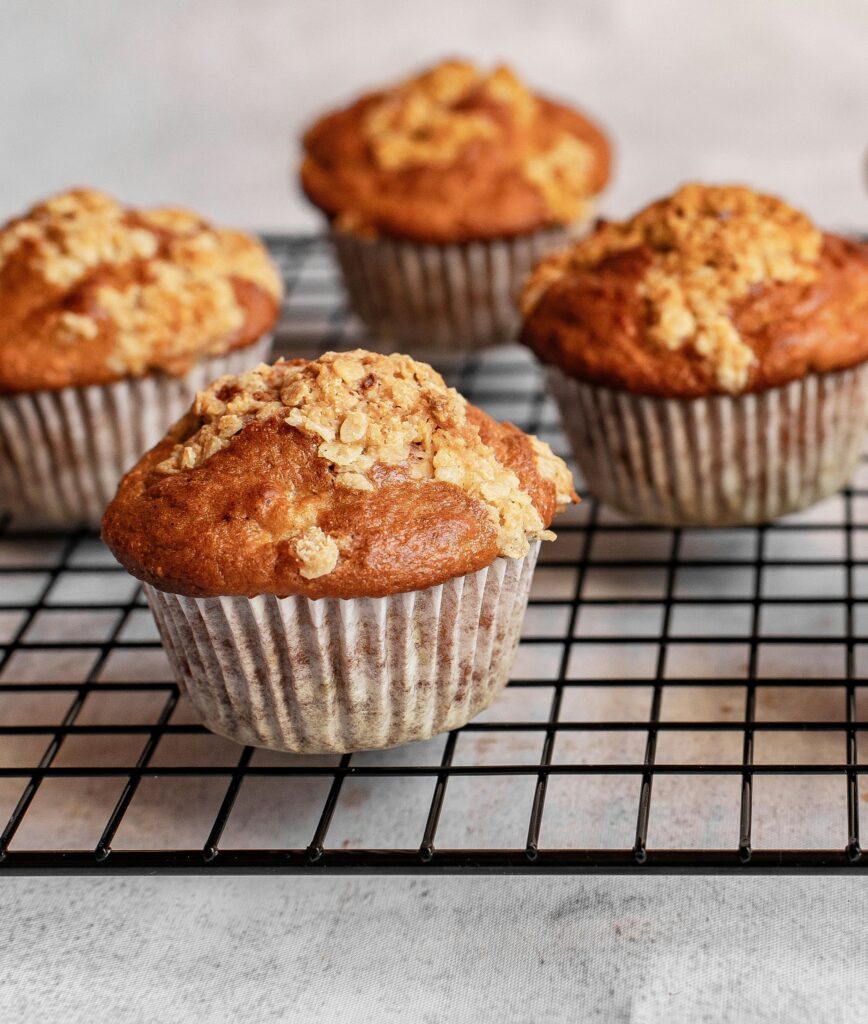
Know Your Flours: The Basics of Gluten-Free Flour Types
Tip 1
When it comes to gluten-free baking, understanding the different types of gluten-free flours is essential. The most common flours include rice flour, almond flour, coconut flour, tapioca flour, and potato flour. Each type has unique characteristics, affecting texture and flavor. For example, almond flour provides a rich, nutty flavor, while rice flour offers a neutral base for baking. Coconut flour is highly absorbent, so it requires adjustments to liquid ratios. Knowing how each flour works helps you choose the right one for your recipes, whether you’re making gluten-free cakes, cookies, or breads.
Blend It Like a Pro: Custom Flour Blends
Tip 2
Making your own gluten-free flour blend is a great way to customize your baking experience. A basic blend typically combines rice flour, potato starch, and tapioca flour in specific ratios to mimic the structure and texture of wheat flour. You can also experiment by adding almond flour or coconut flour for added flavor and moisture. By blending different flours, you can create a mix that works best for your baking needs, whether you’re making cakes, muffins, or donuts. A DIY blend allows you to avoid additives and preservatives often found in prepackaged mixes and tailor the ingredients to suit your dietary preferences.
Gum It Up: The Magic of Binding Agents
Tip 3
One of the most important components in gluten-free baking is the use of binding agents like xanthan gum or guar gum. These gums replicate the elasticity that gluten provides in traditional flour, helping your baked goods hold together. Without these gums, gluten-free dough can be crumbly or fall apart. To achieve the right texture, you only need small amounts of these gums in your flour mix. Xanthan gum is especially useful for adding structure and moisture retention, while guar gum is perfect for thickening batters. Understanding how and when to use these gums makes all the difference in your gluten-free bakes.
The Starch Factor: The Key to Gluten-Free Baking Success
Tip 4
In particular, starches like potato starch and tapioca starch play a vital role in gluten-free flour blends. They help provide structure and moisture retention, ensuring that your baked goods have the right texture. Starches also help lighten up the dough, making your baked goods less dense. When used in the right proportions, starches can contribute to a soft, moist crumb in cakes and breads. For example, tapioca starch adds chewiness to gluten-free donuts, while potato starch helps create a light, airy texture in gluten-free cookies. Mixing starches with protein-rich flours like almond or oat flour can help balance the texture and flavor.
The Big Three: Rice, Almond, and Coconut Flours Explained
Tip 5
Rice, almond, and coconut flour are three of the most popular gluten-free flour options. Rice flour is a staple for gluten-free recipes due to its neutral flavor and versatility. Almond flour, made from finely ground almonds, adds moisture and a slightly nutty taste, making it ideal for cookies and cakes. Coconut flour, known for its absorbent qualities, is great for making dense, moist baked goods. Each of these flours can be used individually or in combination to create the perfect gluten-free flour blend for your baking needs. Understanding when and how to use these flours can elevate your gluten-free baking.

transformed into something that feeds both the body and soul.”
Protein Plus: Why Protein-Rich Flours Are a Game Changer
Tip 6
Protein plays a critical role in gluten-free baking, especially when creating a flour blend. Moreover, flours like almond flour, chickpea flour, and quinoa flour provide essential protein that helps your gluten-free baked goods rise and hold their shape. Protein also contributes to the structure, ensuring your cakes, muffins, and breads are not too crumbly. If you are seeking a flour blend with more protein, try adding chickpea or quinoa flour to your mixture. These flours can help compensate for the lack of gluten, giving your baked goods a better texture and improved nutritional profile.
Texture Perfect: How to Use Flour Blends for Ideal Gluten-Free Bakes
Tip 7
This guide to gluten-free flours emphasizes how to achieve the ideal texture by selecting the perfect flour blend.. The combination of flours, starches, and gums creates a structure that mimics the texture of traditional wheat-based baked goods. For light, fluffy cakes, use a blend of rice flour, potato starch, and a binding agent. For denser baked goods like gluten-free bread, incorporate higher-protein flours like almond or oat flour. Experiment with different combinations to find the texture that works best for the recipe you are preparing, whether it’s for delicate pastries or hearty loaves.
Keep It Moist: How to Choose Flours for Soft, Delicious Gluten-Free Bakes
Tip 8
Moisture is key to achieving soft, tender gluten-free baked goods. Gluten-free flours often result in drier bakes due to the absence of gluten, which holds moisture. To keep your gluten-free treats moist, incorporate flours like almond flour or coconut flour that retain moisture. Adding ingredients like mashed bananas, applesauce, or yogurt can also help improve texture and moisture. Additionally, adding a touch of oil or butter to your flour blend can prevent your bakes from becoming too dry. By understanding how moisture interacts with gluten-free flours, you can create bakes that are soft and delicious every time.
Beyond the Basics: Tapping into Specialty Flours
Tip 9
For a unique twist on gluten-free baking, consider incorporating specialty flours like quinoa, oat, and sorghum flour. For instance, quinoa flour is high in protein and adds a slightly earthy flavor, making it perfect for savory bakes. Oat flour, on the other hand, is naturally sweet and works well in cookies, cakes, and muffins. Sorghum flour is another protein-rich flour that adds a mild, slightly sweet flavor to gluten-free recipes. These specialty flours can be used alongside more common flours like rice or potato to create complex, flavorful blends. Experimenting with these flours can add a new dimension to your gluten-free baking and nutritional profile.
Flour Storage Secrets: Keeping Your Flours Fresh and Ready
Tip 10
Storing your gluten-free flour blends properly is essential to maintain their freshness and quality. Flours should be stored in airtight containers in a cool, dry place, away from direct sunlight. For longer shelf life, you can refrigerate or freeze your flour blends to prevent them from going rancid. Be sure to label your containers with the date so you can use them within the optimal time frame. When using your flour blend, always sift it before use to avoid clumping, and consider weighing your flour for accuracy. Proper storage and handling will ensure that your gluten-free flour blends stay fresh and effective for all your baking projects.
